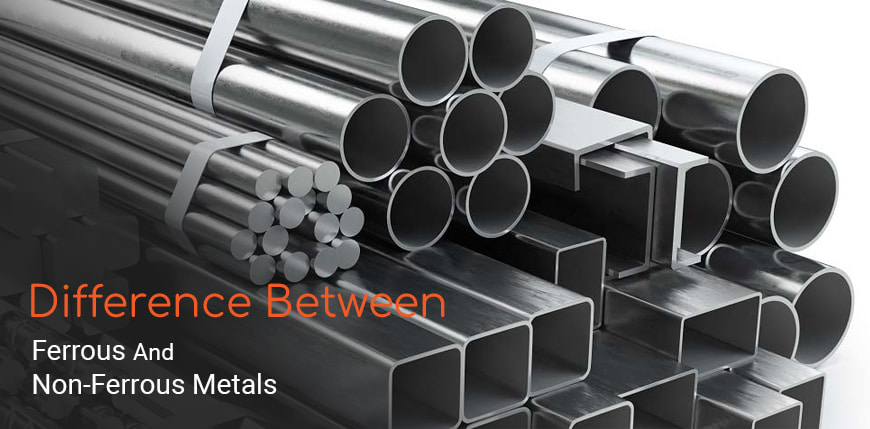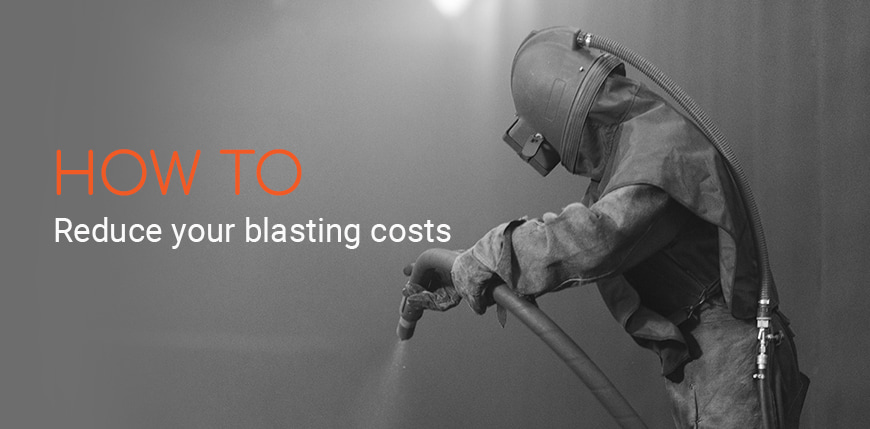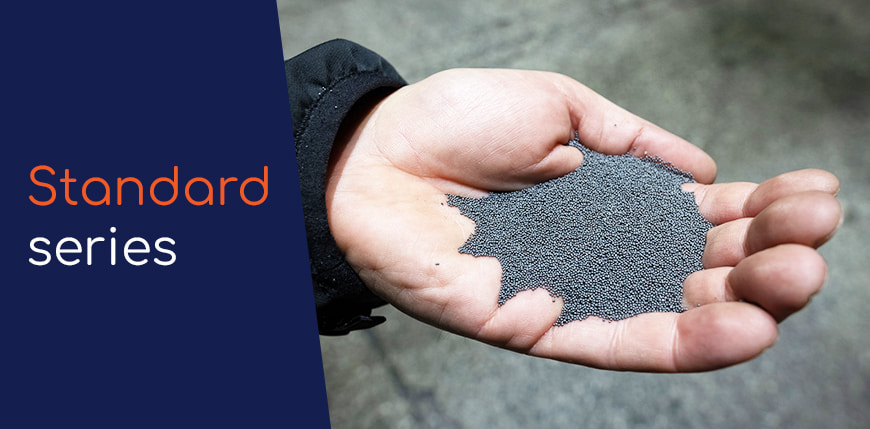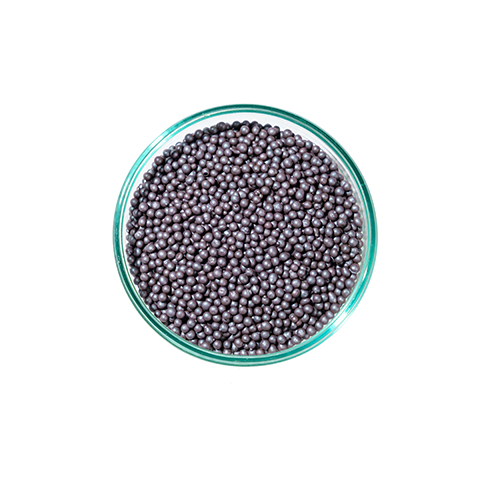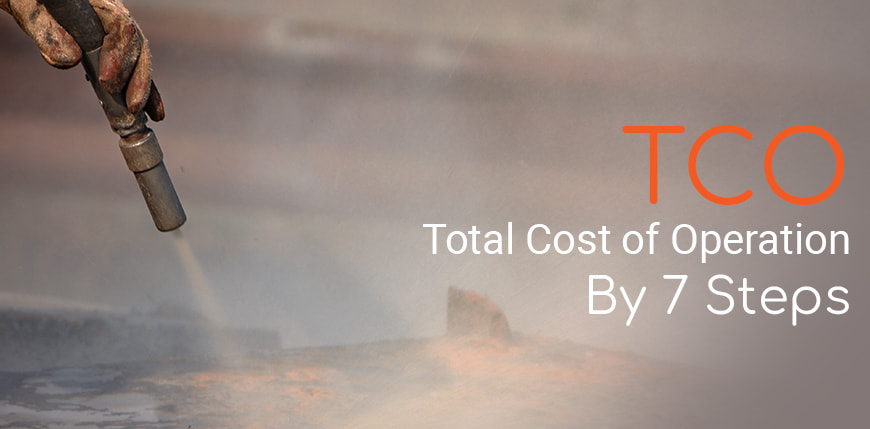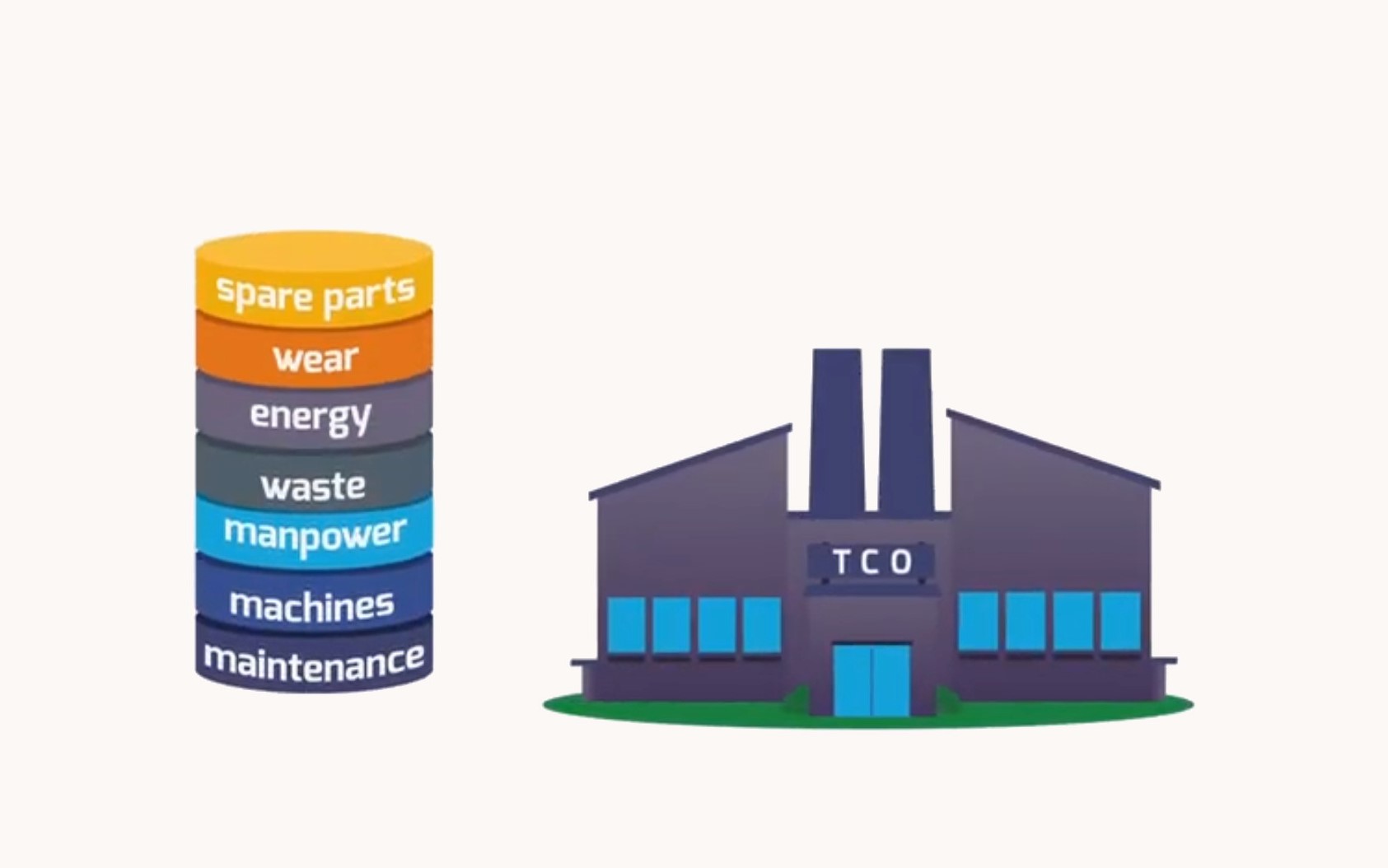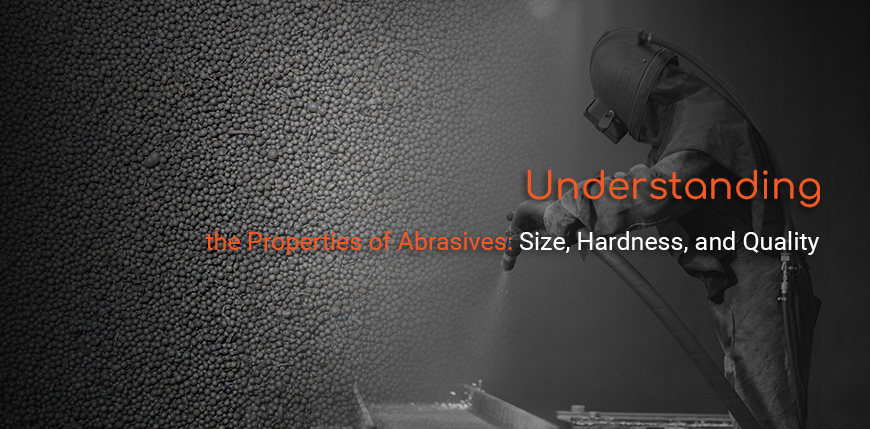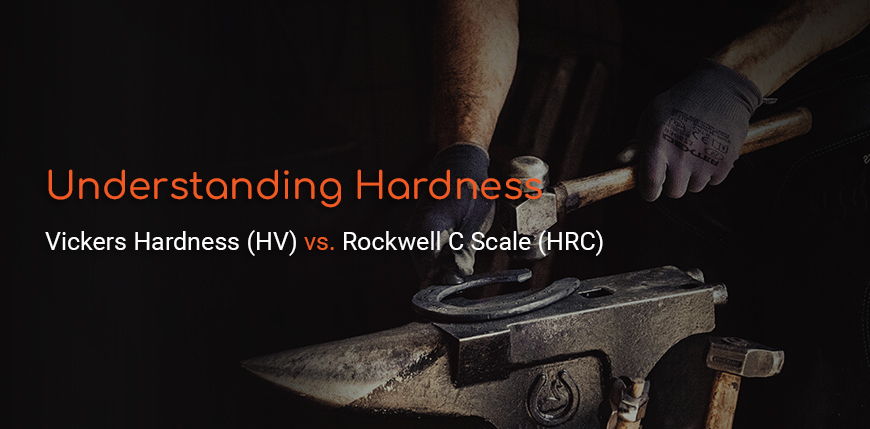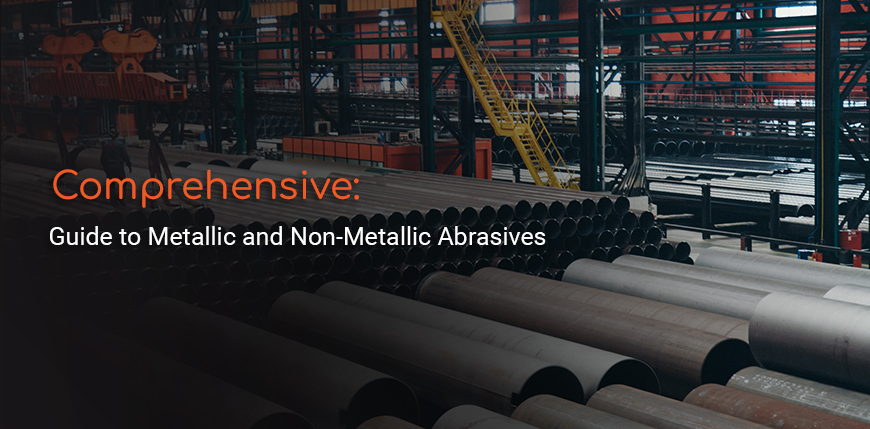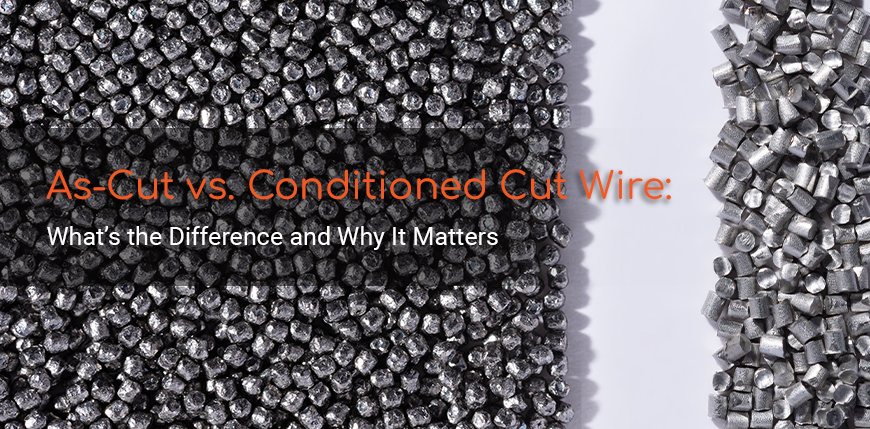Monthly Archives: July 2022
-
Ferrous metals
Ferrous metals include mild steel, carbon steel, stainless steel, cast iron and wrought iron. These metals are primarily used for their tensile strength and durability, particularly mild steel which helps support the tallest skyscrapers and longest bridges in the world. You can also find iron and its alloys in house construction, industrial containers, large-scale piping, automobiles, railroad tracks, most of the tools and hardware you use around the house and the knives you cook with at home.
Due to the high amounts of carbon used during their creation, most ferrous metals and ferrous alloys are vulnerable to rust when exposed to the elements. While this is not true of wrought iron, which is so pure iron that it resists oxidation, or
READ MORE -
How to reduce your blasting costs
Every day, thousands of manufacturers around the world looking for new ways to reduce their production costs. Among the many dilemmas they face, there is one recurring question: "how to reduce the cost of my shot-blasting operations?"
The problem is that, in reality, abrasives only represents 20% of the total cost of blasting operations. So even if you reduce the amount you spend by 10%, it will only ever translate as a 2% saving on the overall cost of the operation.
Is there a better solution?
Yes, by considering all the elements involved: manpower, machines, maintenance, spare parts, wear, energy and waste, as well as the shot itself. That's what we call the TCO approach : Total Cost of Operation.
READ MORE -
Standard series
ROUND STEEL SHOT
Quenched and tempered, it is a spherical product of hypereutectoid steel (C ≥ 0,85%). Perfectly controlled heat treatments provide it with optimum resilience and resistance to fatigue. This type of shot is used in all applications where the desired effect is for mass and maximum bounce as well as for shot peening.

ANGULAR STEEL GRIT
A cast steel angular grit is produced by crushing specially heat treated oversize shot pellets. It is utilised for blast cleaning or surface preparation.
GP STEEL GRIT
Quenched and tempered, angular when new, this grit rapidly rounds off in use and is particularly suited to descaling applications.
READ MORE -
TCO, Winoa's pillar of differentiation
The TCO (Total Cost of Operation), or the "Total Cost of Operation" of sandblasting, is one of the pillars of Winoa's differentiation.
Most companies think they can reduce the cost of blasting operations by buying cheaper abrasives. The problem is that, in reality, abrasives represent only 20% of the total cost of shot-blasting operations: therefore even a reduction in the purchase cost of the shot has little impact on the overall cost of the process. Is there a more effective solution? Yes, considering all the elements involved: manpower, machines, maintenance, spare parts, wear, energy and waste, as well as the shot itself.
">
READ MORE -



